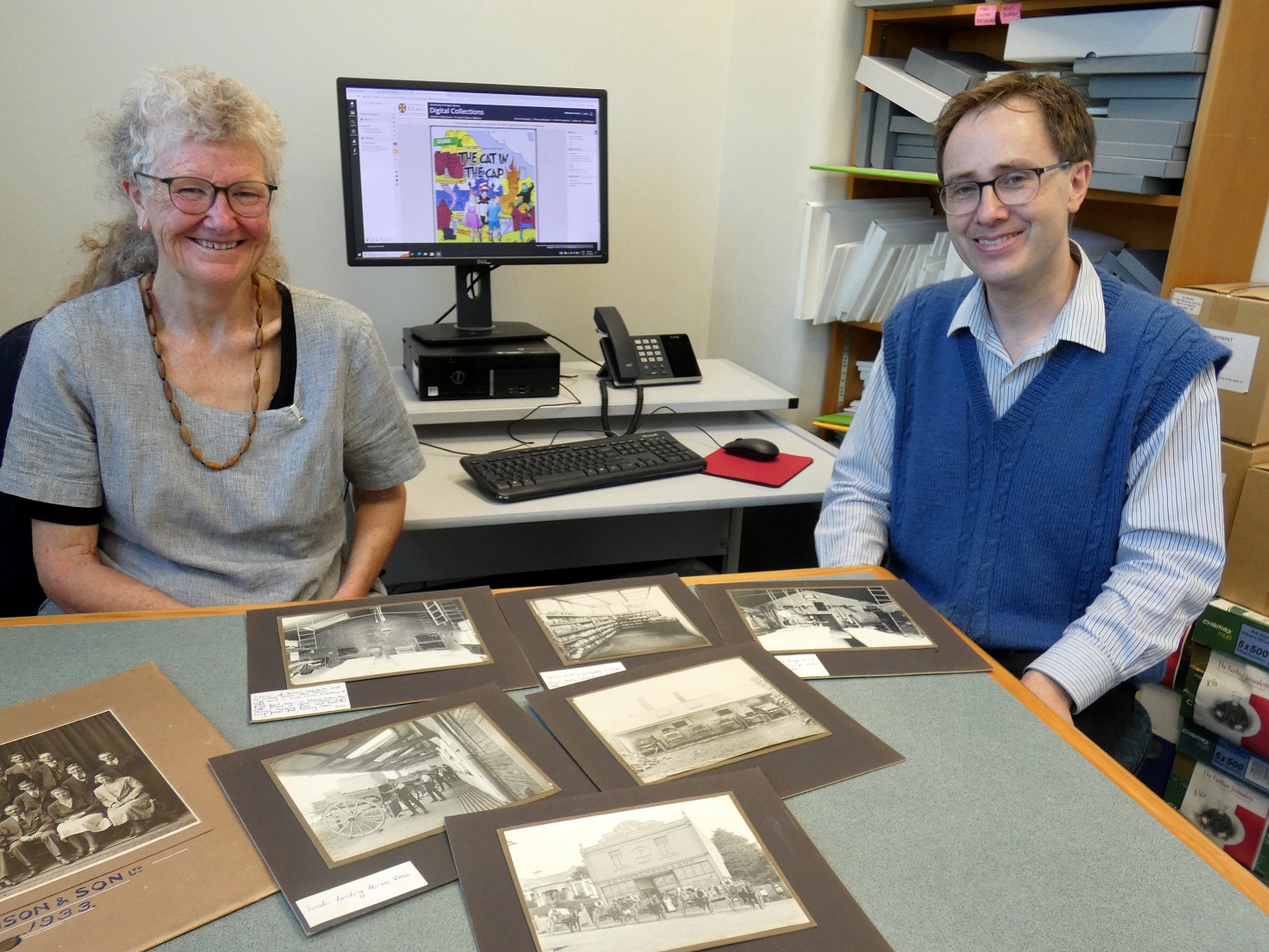
Researcher services manager Lynn Benson said a major upgrade of the online Hocken Snapshop site had added more than 17,000 images.
And unlike the original Hocken Snapshop site, which launched in 2010 with about 30,000 images but had not been updated since, the new site would enable newly digitised material to be added.
The original "Model-T Ford workhorse" Snapshop site had been useful for researchers but had only basic indexing, with little descriptive metadata, and the quality of the images was not as high as more recent databases, Ms Benson said.
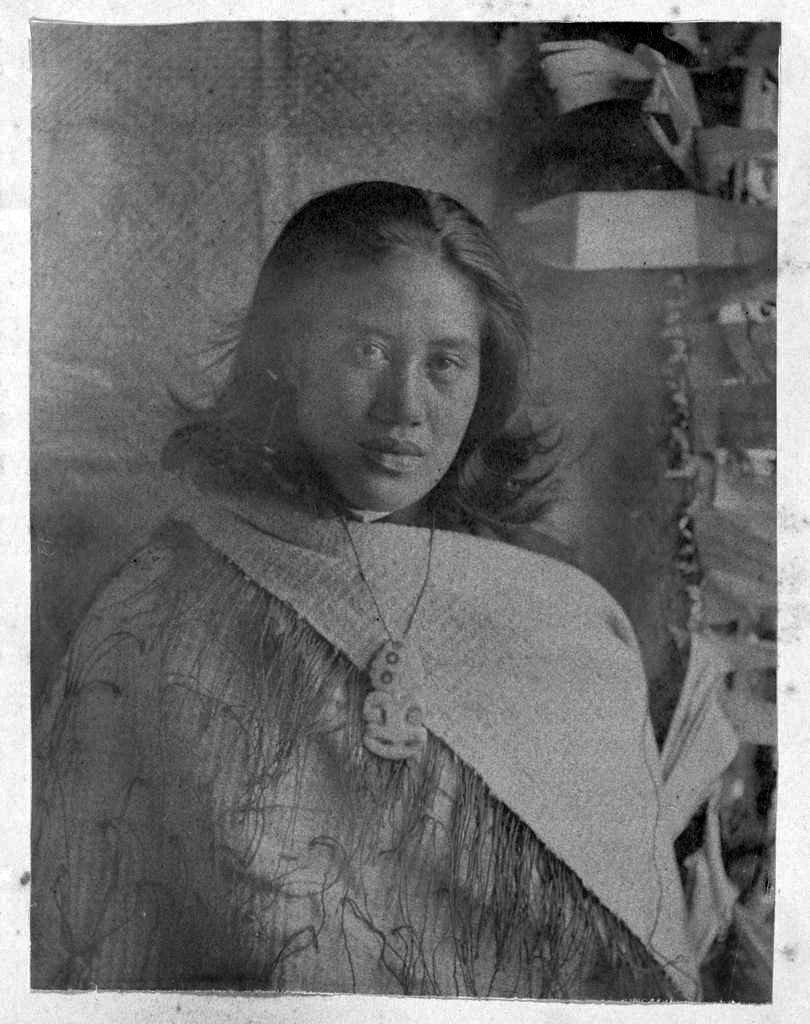
Now, a new contract with cloud-based collection management platform Recollect was helping the Hocken to add a wider variety of items, including paintings, posters, journals, film and audio files.
"Finally, after many years we got approval to do a complete upgrade of the site, " Ms Benson said.
From posters of student capping revues and architectural drawings to ice-cream box labels and racy newspaper headlines, the new digital collection provides many intriguing glimpses into the past.
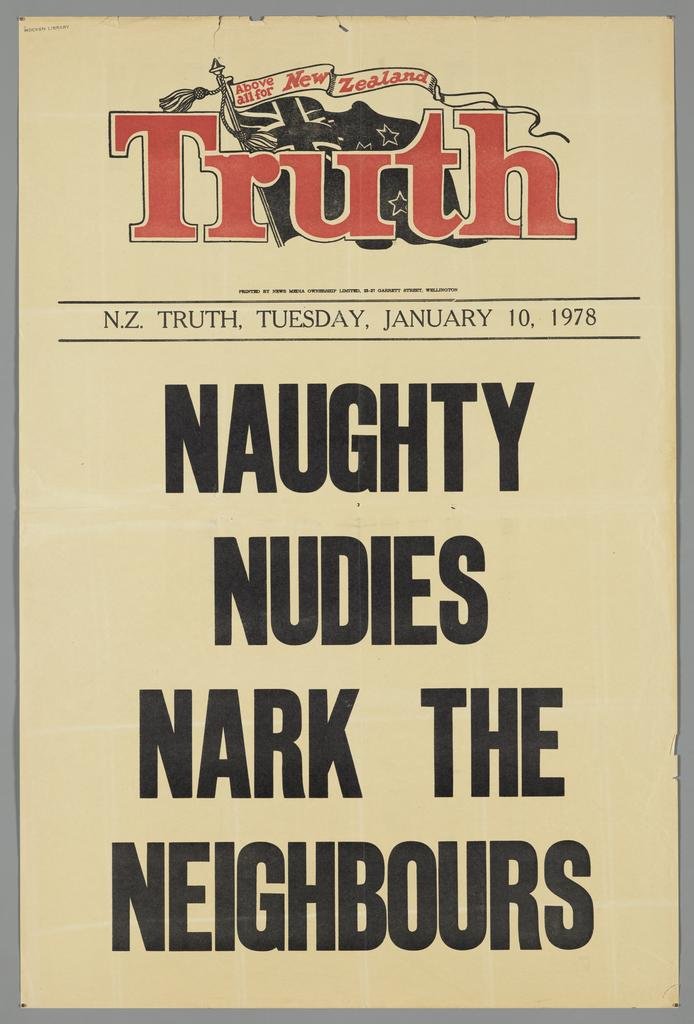
A collection of taoka (or taonga) relating to Kāi Tahu whānui includes historical photographs of people and places.
And a collection of items relating to transport or waka includes ships, trains, trams and horse-drawn vehicles, in photographs, paintings and posters.
Archivist David Murray said people could explore the collection by topics such as buildings, businesses, or portraits.
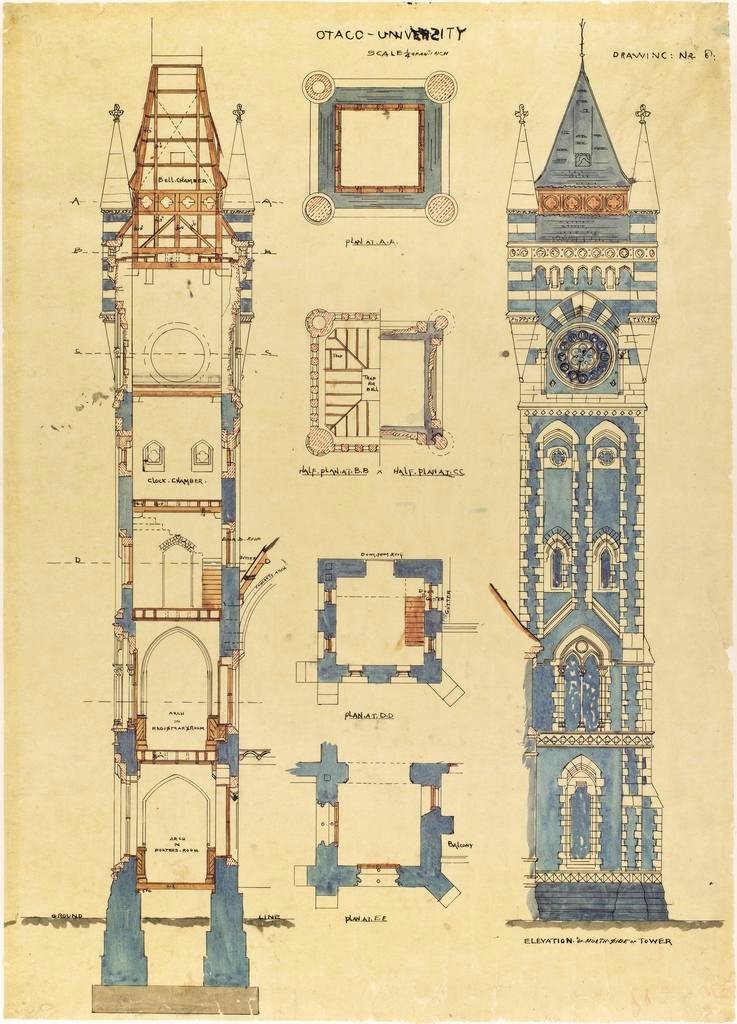
A collection of glass lantern slides relating to World War 1 includes mortally wounded German soldiers in a trench, and ruins of an observation station.
Dunedin musicians and actors feature in a collection of images by photographer Nigel Yates, including shots of band The Verlaines, musician Shayne Carter, Martin Phillipps and The Chills, and Look Blue Go Purple.
Ms Benson said a key component of the expanded collection was that a significant proportion of the material was able to be used without any kind of cultural or copy restrictions.
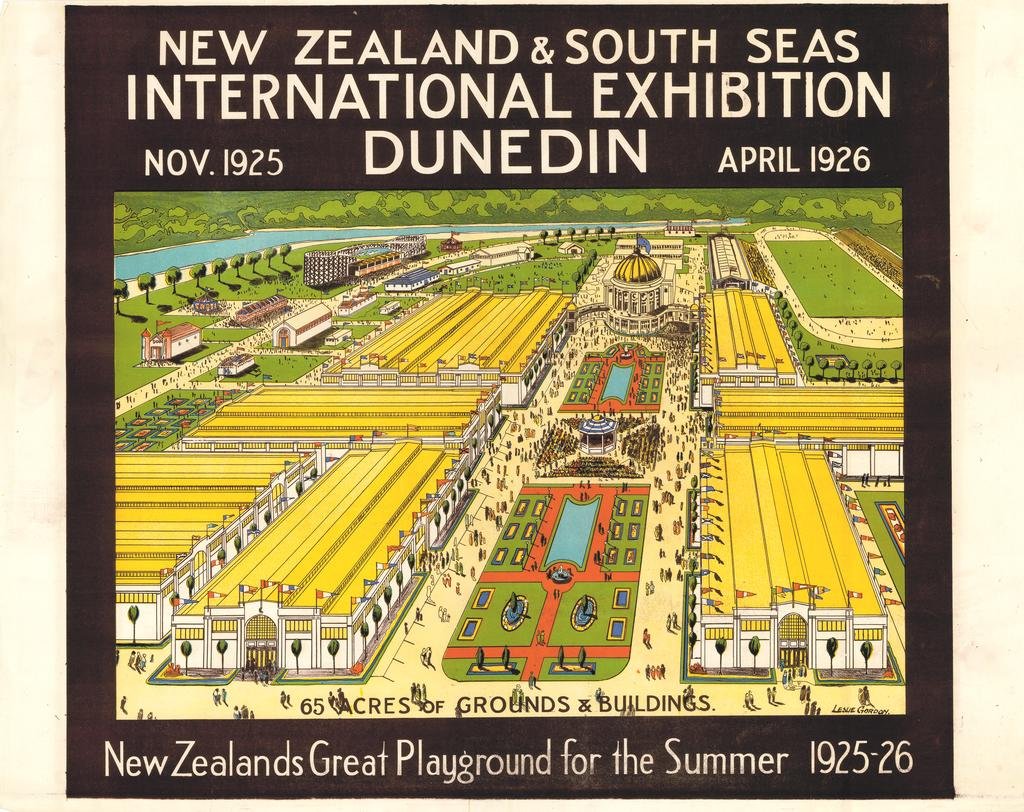
This was a "huge philosophical change" for the organisation, and enabled people to feel free to find new uses for the material as part of their creative projects.
"A lot of images have never been on the internet in any form before," Ms Benson said.














